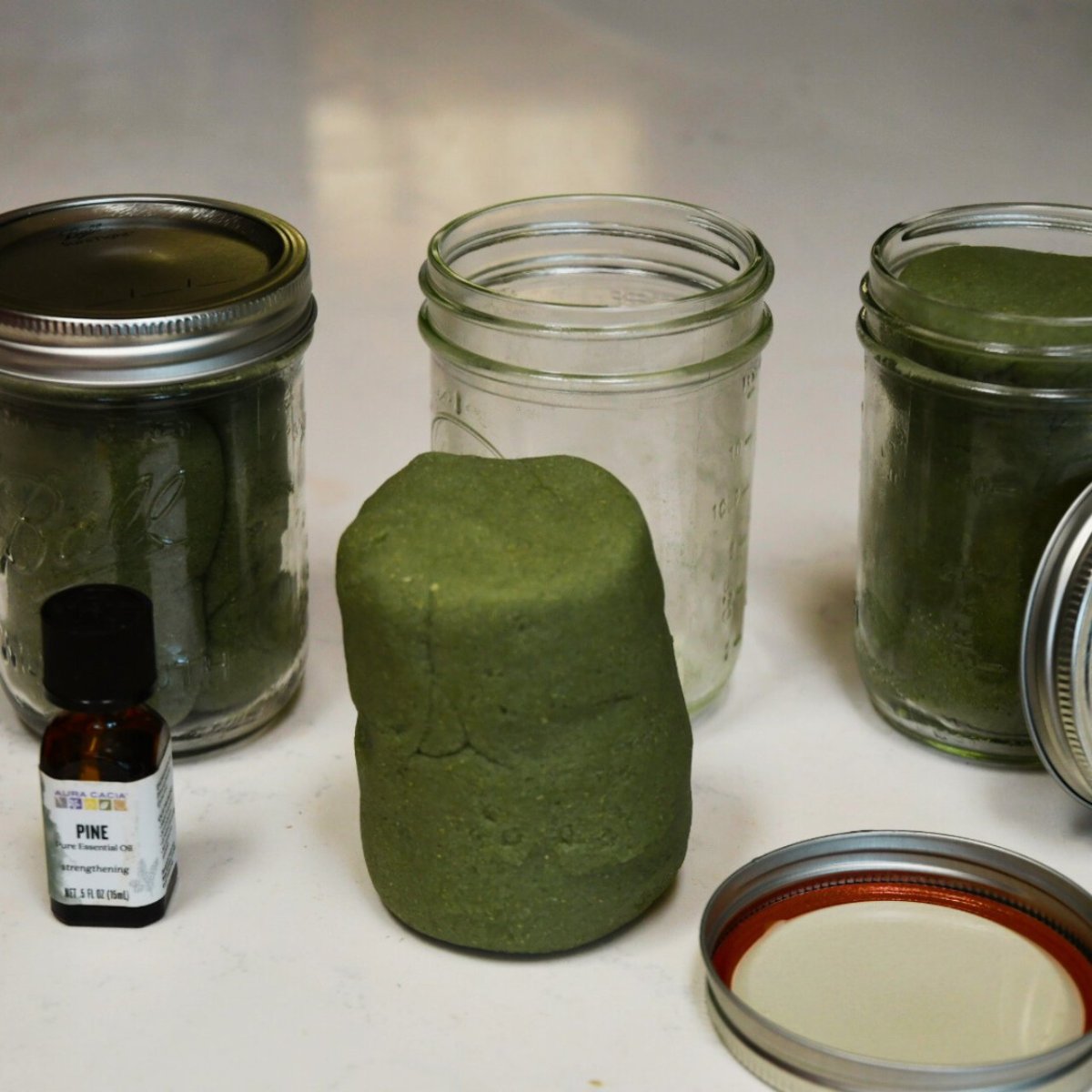
Play-Doh has been a staple in our home for years, and over time I’ve found that homemade Play-Doh lasts longer, feels better, and costs far less than store-bought versions. In this post, I’ll share my favorite recipe using freshly ground Kamut, how I make natural colors and scents, and the many ways Play-Doh has been both fun and therapeutic for my family. From creative play to homemade gifts, Play-Doh is more than a toy—it’s a versatile tool for kids and adults alike.
Why Homemade Play-Doh Works Best
Making Play-Doh at home allows me to control the ingredients, the texture, and even the scent. I often use flour that’s been sitting too long for baking, which gives me a way to reduce waste and turn it into something fun. The texture of fresh ground Kamut flour gives the dough a hearty feel, but plain white flour works beautifully too if you want a smoother texture.
The Recipe I Swear By
My go-to recipe is three cups of ground Kamut, one cup of salt, two tablespoons of cream of tartar, three tablespoons of coconut oil, chlorophyll for a natural green color, and three cups of water. Cooked on medium heat, it comes together into a soft, pliable dough that holds up for months when stored in an airtight container. Adding pine essential oil gives it a fresh, earthy scent, but turmeric and beet powder also work well for creating other natural colors like yellow and pink.
Coloring and Scenting the Dough
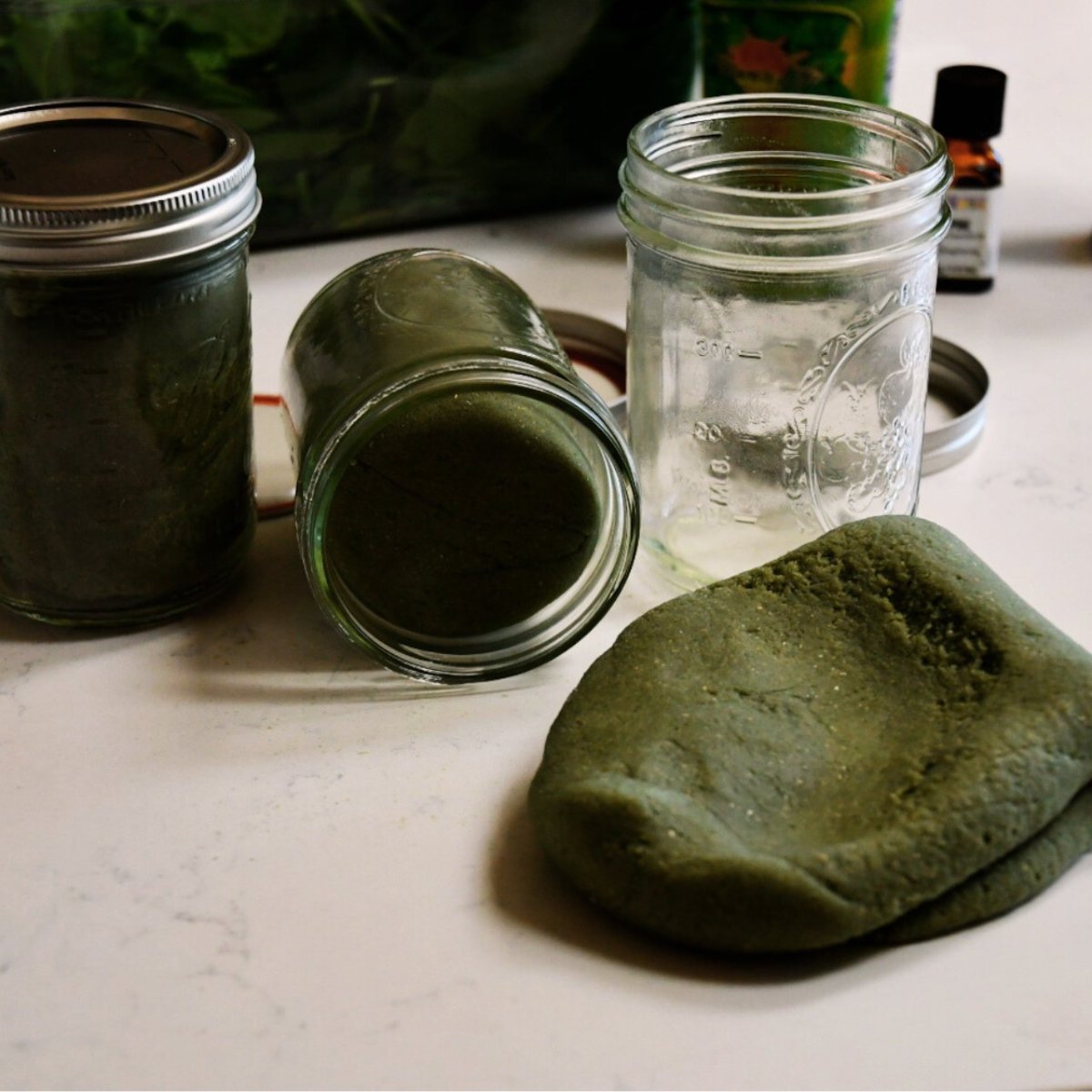
One of the joys of making homemade Play-Doh is experimenting with natural dyes and essential oils. Turmeric gives a bright golden yellow, beet powder brings a rosy pink, and chlorophyll creates a rich green. I like adding essential oils like lavender, orange, or lemon for a calming or refreshing effect. It’s important to make sure oils are safe for kids and to check for allergies, but once you find your favorites, the scent adds a whole new dimension to the experience.
Play-Doh as a Learning and Emotional Tool
Play-Doh isn’t just for keeping little hands busy—it can be a powerful tool for expression. My children love sculpting animals, shapes, or even imaginary worlds, and I use it as a chance to let them create freely. Sometimes I use it myself as a stress reliever, sculpting whatever I’m feeling and then smashing it as a way of letting go. Play can be healing, and Play-Doh is the perfect medium for that.
From Play-Doh to More Advanced Creations
As my kids have grown, many of them have moved on to using clay, like polymer clay for beads or monster clay for sculptures. But I still start them with Play-Doh because it builds the foundation for working with other mediums. It’s forgiving, reusable, and simple enough for even toddlers to use, which makes it the perfect entry point for creative exploration.
Play-Doh as a Gift
Homemade Play-Doh also makes a fantastic gift. I love the idea of putting colorful dough inside a mason jar, surrounding it with little toys or jewels, and topping it with fabric under the jar ring. It’s inexpensive but thoughtful, and kids love the surprise of finding treasures inside the dough. A simple recipe can become something memorable and fun to share.
Tips for Long-Lasting Play-Doh
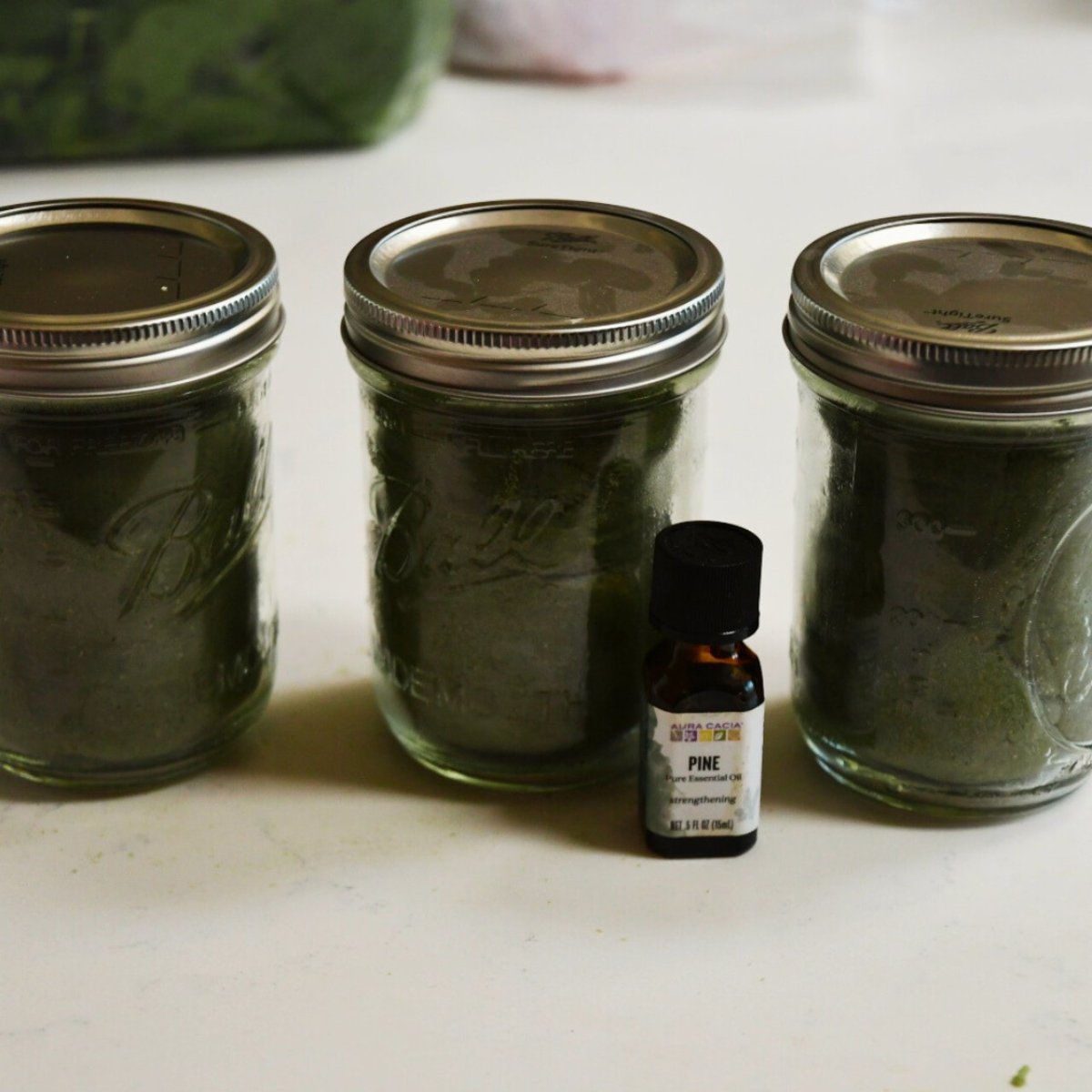
Homemade Play-Doh lasts for months if kept sealed in a Tupperware or jar. The only real enemy is air—if it dries out, you can sometimes revive it with a touch of warm water kneaded in. I like to make a fresh batch at the beginning of the school year, so the kids have something new to work with. On rainy days, hot summer afternoons, or during quiet time, pulling out Play-Doh always seems to bring calm and focus back into the house.
Why I Keep Coming Back to It
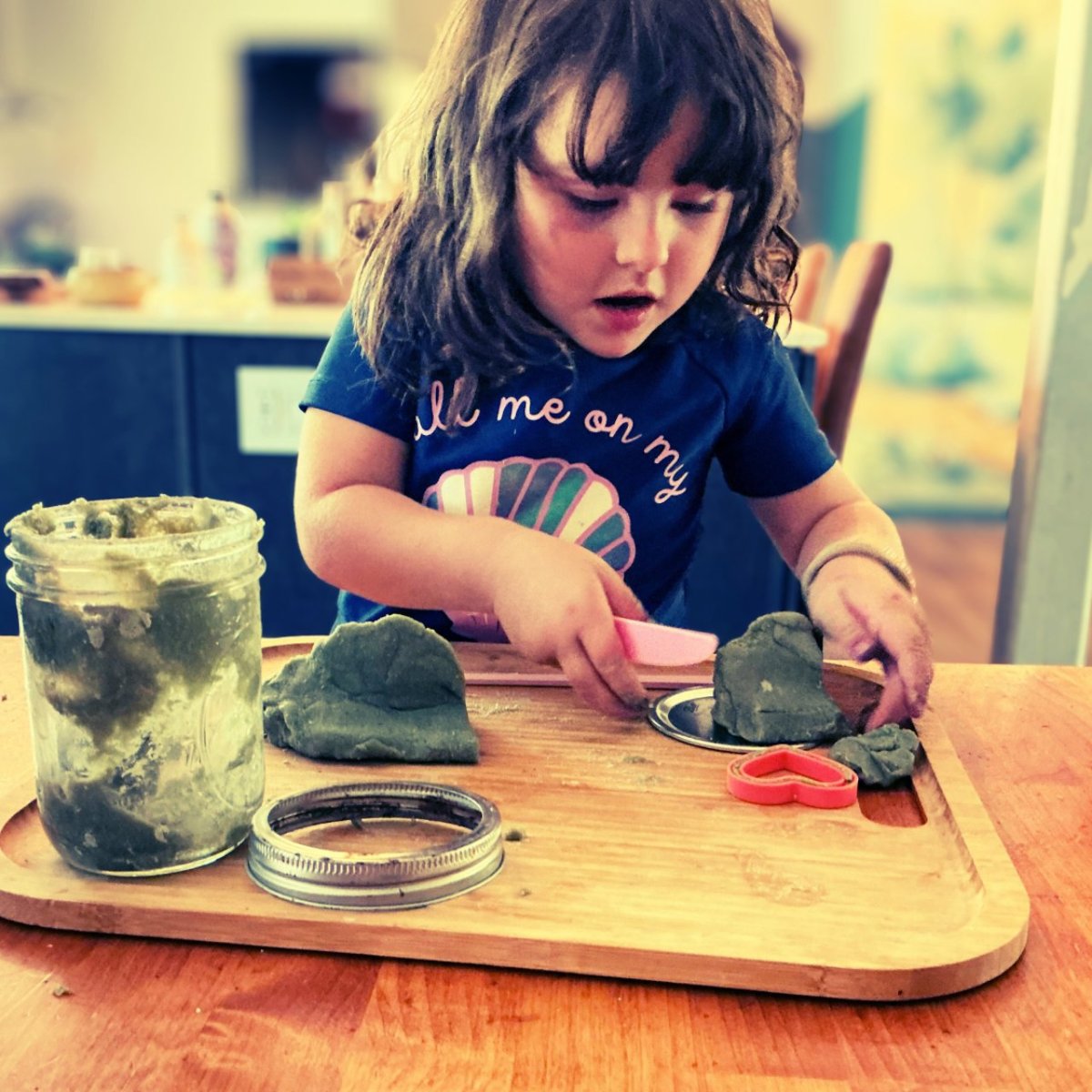
With all the past crafts and DIY projects, Play-Doh remains one of my favorite things to make. It connects me to my kids, gives them space to explore, and provides me with a calming activity as well. I love that a few simple ingredients can turn into hours of creativity and even emotional release. It’s proof that the simplest tools are often the most powerful.
Conclusion: Homemade Play-Doh is more than just a craft—it’s a way to reuse ingredients, create natural and safe toys, and encourage both play and emotional expression. With endless possibilities for color, scent, and use, it has become a staple in our home for both fun and learning. Whether given as a gift or made for a quiet afternoon, this homemade Play-Doh recipe brings joy, creativity, and calm into every season.
ingredients
Recipe
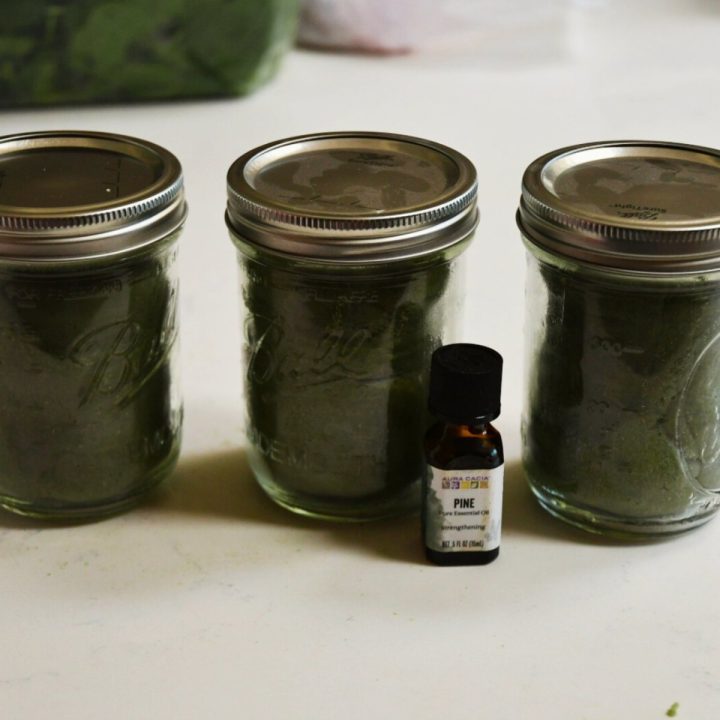
Fresh ground playdough
Instructions
- In a medium saucepan, combine flour, salt, cream of tartar, coconut oil, and water.
- Cook over medium heat, stirring constantly until the mixture thickens and forms a ball of dough.
- Remove from heat and let cool slightly.
- Knead until smooth and pliable.
- Add natural coloring and essential oils as desired, kneading them into the dough.
- Store in an airtight container or jar for up to 3 months.
Notes
- If the dough dries out, knead in a small amount of warm water to revive it.
- White flour creates a smoother dough, while whole grain flours like Kamut add texture.
- For a fun gift, package dough in a mason jar with small trinkets or beads hidden inside.

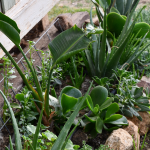











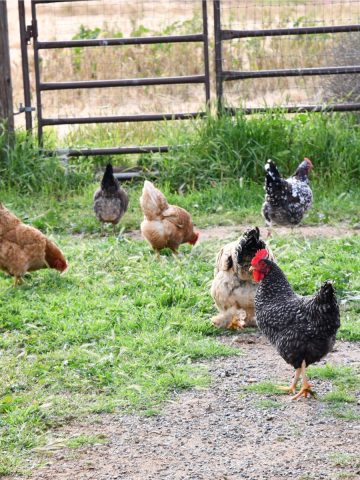
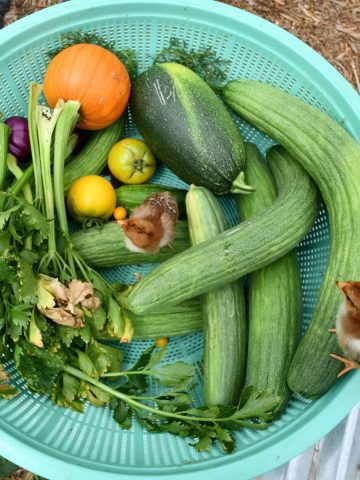
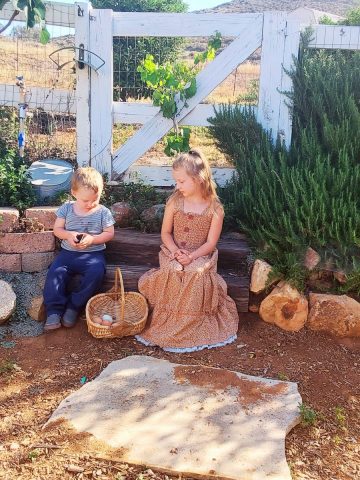
Share a Tip